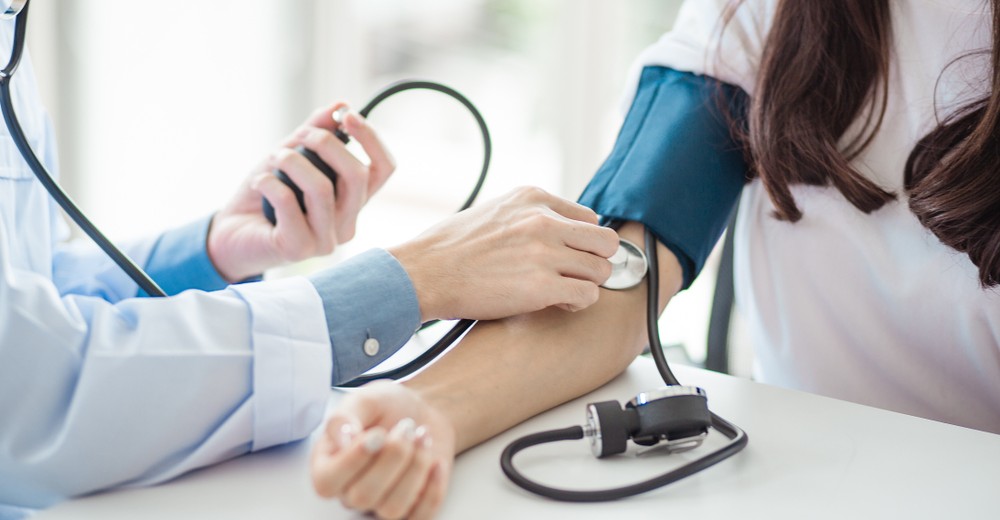A well-stocked home first aid kit is a must-have for every household, ensuring you’re prepared for minor injuries or emergencies. From cuts and scrapes to burns and sprains, having the right supplies at your fingertips can make all the difference. In this guide, we’ll walk you through how to create a home first aid kit, including essential items, storage tips, and ways to keep it ready for any situation.
Why You Need a Home First Aid Kit
Accidents happen unexpectedly, and a home first aid kit equips you to handle minor medical issues quickly and effectively. Whether it’s a child’s scraped knee or a kitchen burn, being prepared reduces stress and prevents complications. A properly assembled kit also saves time and money by avoiding unnecessary trips to the doctor or pharmacy.
Key benefits of a home first aid kit include:
- Quick Response: Immediate access to supplies speeds up treatment for injuries.
- Family Safety: Ensures everyone in your household is protected, from kids to seniors.
- Emergency Preparedness: Complements your overall emergency plan for unexpected situations.
- Peace of Mind: Knowing you’re ready for minor mishaps boosts confidence.
Essential Supplies for Your Home First Aid Kit
Creating a home first aid kit starts with gathering the right supplies. Here’s a comprehensive list of must-have items to handle common injuries and emergencies:
1. Wound Care
- Adhesive Bandages: Various sizes for cuts and scrapes.
- Sterile Gauze Pads and Rolls: For larger wounds or to stop bleeding.
- Antiseptic Wipes or Solution: To clean wounds and prevent infection.
- Antibiotic Ointment: To promote healing and reduce infection risk.
- Medical Tape: To secure gauze or bandages.
2. Injury Treatment
- Elastic Bandages: For wrapping sprains or strains.
- Instant Cold Packs: To reduce swelling from bruises or injuries.
- Tweezers: For removing splinters or debris from wounds.
- Scissors: To cut tape, gauze, or clothing in emergencies.
3. Medications
- Pain Relievers: Ibuprofen or acetaminophen for pain and fever.
- Antihistamines: For allergic reactions or insect bites.
- Hydrocortisone Cream: To relieve itching from rashes or bites.
- Burn Gel or Cream: For minor burns.
4. Tools and Equipment
- Thermometer: To check for fever (digital is best).
- Disposable Gloves: To maintain hygiene while treating wounds.
- CPR Face Shield: For safe emergency resuscitation.
- First Aid Manual: A quick reference for handling emergencies.
5. Personal Items
- Prescription Medications: Include a small supply for family members (check expiration dates).
- EpiPen (if needed): For severe allergic reactions.
- Medical Information: List emergency contacts, allergies, and medical conditions.
How to Assemble Your Home First Aid Kit
Follow these steps to create a home first aid kit that’s organized and ready for use:
- Choose a Container: Pick a sturdy, portable container like a plastic box or waterproof bag with compartments for organization. Ensure it’s clearly labeled and easy to access.
- Gather Supplies: Purchase high-quality items from a pharmacy or retailer. Check for expiration dates on medications and ointments.
- Organize by Category: Group items (e.g., wound care, medications) in labeled bags or sections for quick access.
- Include Instructions: Add a first aid guide or printed instructions for common treatments, especially if others may use the kit.
- Store Properly: Keep the kit in a cool, dry place, like a kitchen cabinet or bathroom (avoid humid areas). Ensure everyone in the household knows its location.
Tips to Maintain Your Home First Aid Kit
A home first aid kit is only effective if it’s up-to-date and accessible. Here’s how to keep it ready:
- Check Regularly: Review your kit every 6 months to replace expired items or restock used supplies.
- Customize for Your Family: Tailor the kit to specific needs, like extra bandages for active kids or medications for chronic conditions.
- Educate Household Members: Teach family members how to use the kit and basic first aid techniques.
- Keep It Out of Reach of Young Children: Store the kit where kids can’t access it, but adults can retrieve it quickly.
- Add a Travel Version: Create a smaller kit for car trips or vacations to stay prepared on the go.
Common First Aid Kit Myths Debunked
Let’s clear up some misconceptions about creating a home first aid kit:
- Myth: You only need a few bandages and antiseptic.
Truth: A comprehensive kit includes tools, medications, and emergency items for various situations. - Myth: Store-bought kits are always sufficient.
Truth: Pre-made kits may lack personalization or enough supplies for your household. - Myth: First aid kits are only for serious injuries.
Truth: They’re essential for minor issues like cuts, burns, or allergies, preventing escalation.
The Bigger Picture: Preparedness and Safety
A home first aid kit is more than just supplies—it’s part of a broader commitment to family safety. Pair your kit with basic first aid training, such as CPR or wound care, to boost your confidence in emergencies. Being prepared also means knowing when to seek professional help; for severe injuries or symptoms like difficulty breathing, call emergency services immediately.
Get Started Today
Creating a home first aid kit is a simple, proactive step to protect your loved ones. With the right supplies and a little organization, you’ll be ready to handle minor injuries and emergencies with ease. Start building your kit today, and enjoy the peace of mind that comes with being prepared.

